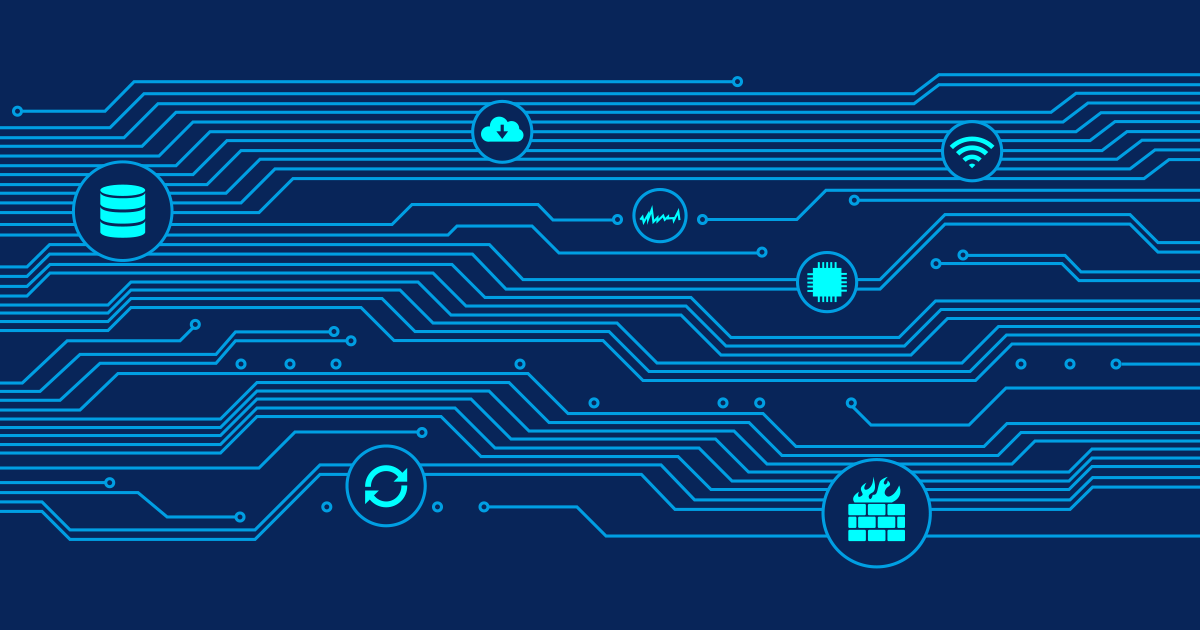"Your software is too expensive!" Do you get this from customers often? Then it's worth your while to take a moment to consider pricing and price differentiation.
At Paessler AG, we have always given a lot of intense thought to our price models and have read blogs and literature related to the topic. However, most of these sources focus on designing price models that maximize profit for the company. I've never come across an article that explains how to find the most attractive price model from the customer's point of view. That is difficult, too - what does the customer consider to be fair and transparent?
While other manufacturing industries can defend their prices by citing cost of goods, production costs, warehouse storage, logistics, transport insurance, etc., justifying prices in the software industry is more difficult.
Some providers follow the approach of having inexpensive basic products that at first glance seem to be reasonably priced. You know the type - extremely complicated price models with a huge variety of (additional) options. Not only does it take a long time to understand such a concept and to figure out how to combine the 'right' elements for your needs, most customers find this procedure to be inconvenient and maybe even irritating. In the end, most customers have the uneasy feeling of having spent too much, in spite of (or even because of) the flexibility of the model.
The following seven factors are based on our experience and are meant to give you reference points for creating a price model that is attractive for a large range of customers.
 Christian Twardawa, COO Paessler AG
Christian Twardawa, COO Paessler AGTip 1: Take a Look at Your Competitor's Prices
Is your software technically superior or does it have more functions? Offer the same price as your competitors. If you have less to offer, sell your software for a lower price. The products, and therefore their prices, are often difficult to compare - because each licensing structure is different, for example. However, you will always find comparable license characteristics (e.g.: Unlimited). These are the starting points for building an effective price model. Don't only concentrate on psychological price points. Of course it is cleverer to price a product at $995.00 instead of $1010.00. The fundamental question in this example is: is a price of $1000 justifiable?
Tip 2: We Always ask Ourselves: How Would We Feel About this Price as a Customer?
If we have a good feeling about it, then usually we've set our price well. Assume that the customer has seen your competition's products and prices as well, and try to convey a better feeling with yours. (Therefore see tip 1)
Tip 3: Factors that Make Your Offer Fair and Customer-Friendly, Besides the Actual Price
- The client can upgrade to higher licenses without paying a "penalty fee" (in my opinion, there is no valid reason for this in the software business)
- Support for the first twelve months is included in the license costs
- Support contract extensions are fairly priced (25% of the license costs at Paessler AG)
- Unconditional return policy (e.g.: within the first 30 days) promotes trust
- The licensing model does not contain any big gaps, making the software suitable for as many budgets and areas of application as possible.
Tip 4: Keep it Simple!
Your licensing model should be transparent and comprehensible. Too many options only confuse clients, make it more difficult to determine the cost and frustrate more than they help. A simple licensing model also takes a load off your sales team as most questions regarding licensing can be avoided, freeing up your team's time for more important tasks like customer care.
Tip 5: Avoid Offering a Plethora of Chargeable "Extras"
Customers don't like these kinds of surprises: features are advertised and are principally available - but only as a cost-incurring add-on. The customer's annoyance should come as no surprise. At Paessler, we've decided to make all of our features standard - there are no add-ons. Our customers' feedback? They love it!
Tip 6: Help Your Clients to Estimate the Price-Performance Ratio
In our opinion, it is important that the client is able to test the software extensively in order to decide whether the price is fair. When developing software, make sure that test phases can be set up - usually 15 or 30 days. For a lot of enterprise clients, however, this isn't enough. That's why PRTG can be tested for up to 100 days for free! With all features that are included in the purchased license!
Tip 7: Last but not Least: Stick to Your Price!
Be selective with discounts (e.g.: only for educational institutions). Giving a discount to everyone who asks actually makes your software more expensive on paper, because the discount needs to be calculated into the sale price. When customers ask us for a discount, we tell them with a wink: the software is already 'pre-discounted'!
Every customer knows that license sales have to cover the costs of developers, workspace, advertisement, technical support, etc. Your customers want your company to realize profit too, so that you can stay in the market as a proven and trusted software provider. What customers don't want is to be taken to the cleaners.
 Published by
Published by 












